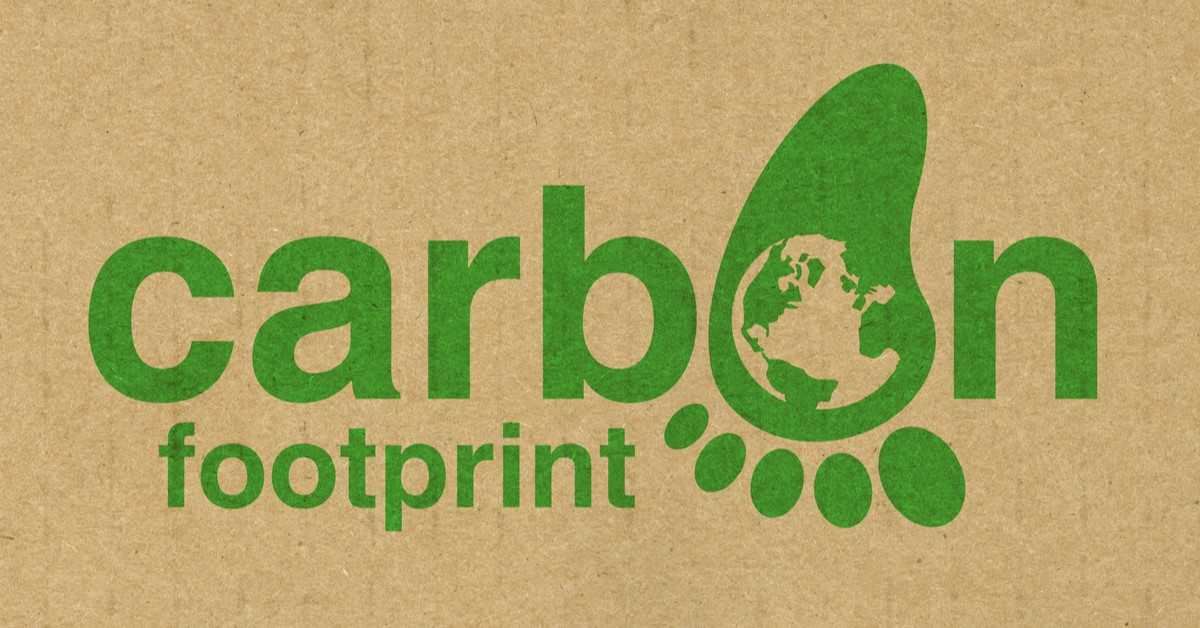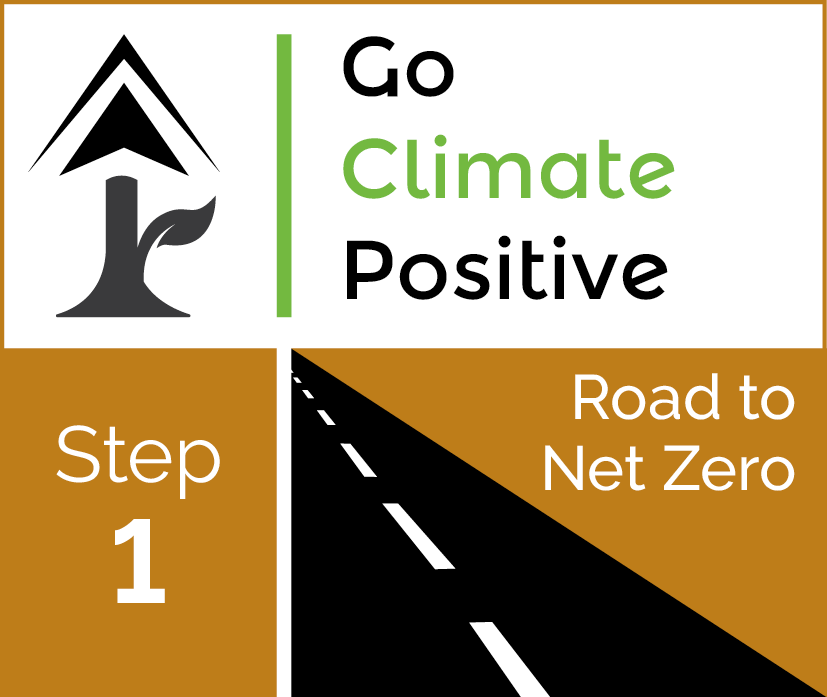Send a message 0333 344 5890 |
- Home
- Knowledge
- Learning Hub
- What Is a Carbon Footprint for Business?
What Is a Carbon Footprint for Business?
Image by Chris Steer |
You might know the size of your shoes, but are you clued up on the size of your footprint? Go back a couple of decades and asking anyone about their carbon footprint would probably get you little more than some very confused strangers. It wasn’t commonplace knowledge, and, in some areas, it still isn’t. But, in business, your carbon footprint is changing from something nice to know to something that’s almost essential. In fact, many large companies around the UK already have to report a simple footprint every year by law. As the world becomes ever more focused on its eco-efforts, it’s not unlikely that more businesses will have to do the same. So, what do you know about yours? If you’re new to the world of carbon footprinting, you’re not alone. That’s why we’re here! Our team of carbon coaches are ready to guide you through everything you need to know about sustainable business, starting with what exactly a carbon footprint is. |
What is a Carbon Footprint for a Business?
Your carbon footprint is a way to measure how much you’re contributing to climate change based on your emissions. You can have carbon footprints for pretty much anything, including people, countries, and products. Today, though, let’s focus on the carbon footprint of businesses.
As a company, your carbon footprint calculates all of the nasty greenhouse gas emissions you release over the year and put them into one neat figure. This figure is shown in tonnes of carbon dioxide equivalent, though it actually looks at seven types of gases:
● CO2 - Carbon dioxide
● CH4 - Methane
● N20 - Nitrous Oxide
● HFC - HydroFluoroCarbons
● PFC - PerFlouroCarbons
● SF6 - Sulphur Hexafluoride
● NF3 - Nitrogen Tri-flouride
Because not all of these gases have the same warming effect as carbon dioxide, they’re converted to the equivalent amount of CO2 when measuring a footprint. These have to be measured at every step of your processes, taking into account emissions caused directly by you and indirectly in your supply chain and value chain.
Which Areas Do you Need To Measure?
As a business owner, measuring your carbon footprint can be tricky. Not only do you have to look at your own operations, but that of your entire chain of operations! To make this easier, you can break your business down into three measurable groups (known in the jargon as “scopes”):
● The emissions produced in your facilities by your operations
● The emissions produced by your operations, that occur outside of in your facilities
● The emissions produced in your supply chain, customer activity and product lifecycle
If you only measure the emissions of your operations - in other words, the emissions you cause directly - you risk falling victim to the Green Claims Code unless you are very clear about what’s missing. You’re not being entirely honest about the carbon footprint of your product, which is easy to do but isn’t good!
You need to take into account the entire bank of emissions from the creation and use of your products or services. This means that any footprint your suppliers create when producing your raw materials need to be added to your own carbon footprint. So do the emissions released shipping the product to you and the footprint of your product throughout its lifecycle.
A good example would be a company that creates luxury candles -let’s call them Company X.
The candle wax is made by a supplier and shipped to Company X. Any emissions produced by the supplier to make and ship the wax need to be added to Company X’s carbon footprint. The actual production to create the candles also needs to be accounted for. The average candle will emit 10g of carbon dioxide when it’s burnt by the consumer, which must also be added to the carbon footprint.
That’s a basic look at what we’re talking about, but it starts to build the picture.
What Should I Measure For My Carbon Footprint?
We’ve made it easier to understand which areas you should be measuring for your footprint by breaking down those three larger scopes into 19 sub-sections.
For scope 1, the emissions produced in your facilities, you’ll usually be looking at three different areas:
● Use of fuels
● Vehicles
● Process and accidental releases
For scope 2 - the emissions that occur elsewhere from your business operations - you just need to look at your purchasing of electricity along with your heating, steaming, and cooling.
Scope 3 is a little more complex, and there are a lot of different areas where you could be seeing emissions. We’ve split them into two categories to make it easier. The first is Scope 3 Upstream, which contains emissions caused by your supply chain and includes:
● Business travel
● Purchased goods & services
● Capital goods
● Transportation & distribution
● Waste from operations
● Employee commuting/teleworking
● Leased assets
● Upstream emissions from energy
Then there’s Scope 3 Downstream, which relates to emissions produced by your customer activity:
● Transportation & distribution
● Processing of sold products
● Use of sold products
● End of life of sold products
● Leased assets
● Franchises
● Investments
Of all of these, you’ll need to pick and choose only those that apply to you. It can be a long old process and one that definitely needs to be done thoroughly, but that’s why we’re here!
Calculate Your Business Carbon Footprint With Our Help
We can help you calculate your carbon footprint, making the whole process a lot simpler. We’ll help you identify which of the emissions in scope 1, 2, and 3 apply to your business and calculate the amount of those emissions correctly.
There are a few more things on our checklist to go through before we find your total carbon footprint, which you can read about here. Or, if you want to learn more about our services at Go Climate Positive, get in touch with us today. When it comes to your carbon footprint, we’re already ready to chat!
Written by Eoin McQuone

Eoin (pronounced like "Ian") is the Chief Carbon Coach and founder of Go Climate Positive. He is a Practitioner member of IEMA (the Institute of Environmental Management) and a sustainability lead on the Cheltenham Economic Recovery Task Force.
Eoin says, "Sustainability is no longer a 'nice to do', it is business critical. My goal is to make it accessible and affordable for every business, however big or small , no matter their market sector."





